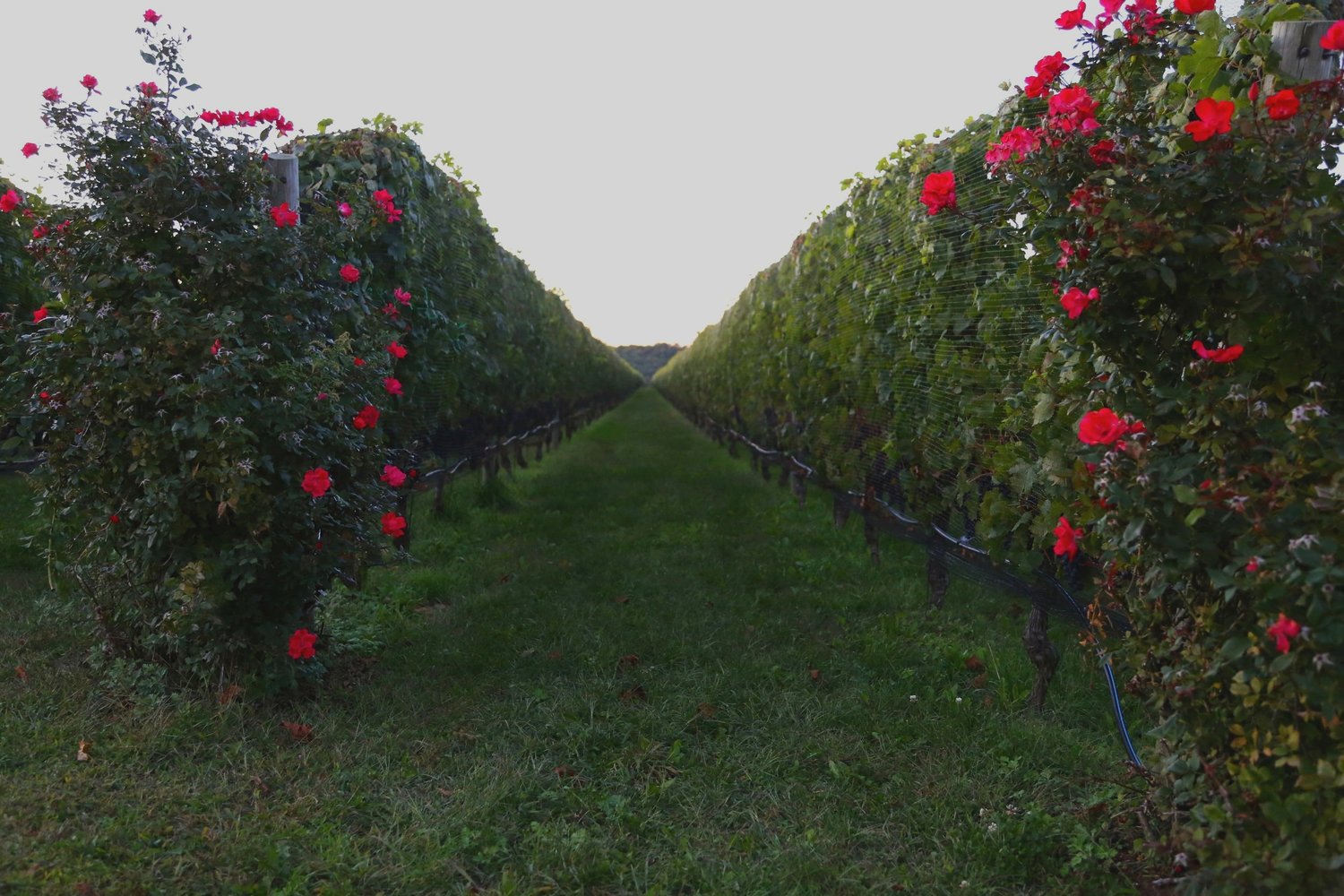There's a big buzz in the wine world about "Natural Wines." Several restaurants and wine bars in New York City have dedicated their lists to these selections, you may have even seen various stories in print or on the local news.
Sounds simple right? "Natural Wine" must mean a wine that is produced naturally, but what does that really mean? Well, the term "Natural Wines" is not strictly defined. Generally you'll discover that most wines in this category are grown organically, biodynamically, or with a sustainable cultivation method. Commonly they are harvested by hand, which allows for a stricter selection of grapes, and fermented with the yeast that exists naturally on the grape skins. After pressing there are no additives or chemical manipulations in the winery, the only thing you'll see frequently is some type of temperature control for the fermentation and aging process, and there are lower doses of sulfur at bottling.
Remember that viticulture, in other words growing grapes and making wine, is based on farming and that's where things aren't as "natural" as some folks wish. I could even argue that pruning a vine and training it on a wire is not "natural", at least not to the vine. For the record, I'm all in favor in making wines without pesticides, synthetic fertilizers, and without excessive manipulation in the winery, but I also realize that small families whose livelihoods depend on the wines will do a judicious spraying here or there to save their crop if necessary. This is mostly the case in humid environments where mildew and fungal diseases can ruin the harvest and are difficult to treat organically.
All this being said, the Natural Wine movement is the antithesis to the big wine brands, with their industrial production and excessive techniques of manipulating wines in the winery. Additives can include laboratory yeast strains to provide a specific flavor, coloring agents, enzymes, powdered wood tannins and oak chips. Manipulation can include using a reverse osmosis filter to strip a high level of alcohol from the wine before "putting it back together". These wines, along with their marketing machines, are responsible for a large homogenization of styles where grape varieties are "branded", knowledge is dumbed down, and everything tastes the same. Speaking for myself, I don't find this interesting.
Now the question, how do the wines taste?
One will always find exceptions, but typically the natural wines have a brighter acidity and are a little lighter with less alcohol. The fruit flavors are less primary and go toward fruit peel, skin, and pith, and more flavors are from the non-fruit spectrum, especially earth and spice. The best wines will be clean and vibrant with a level of interest that begs for another glass, they feel "alive". Others will be a little funky or downright big time funky and you may not like them. That's okay, sometimes repeated tastings change perceptions and yield new treasures. It's all a fun part of the experience.


Think Place Rather Than Grape
Yes Virginia, There Is A Great Pinot Grigio